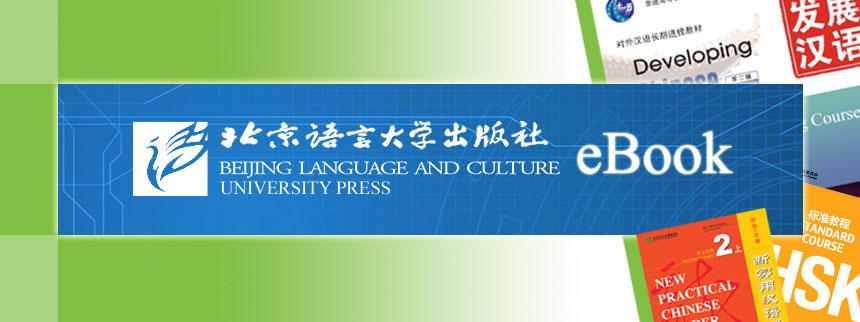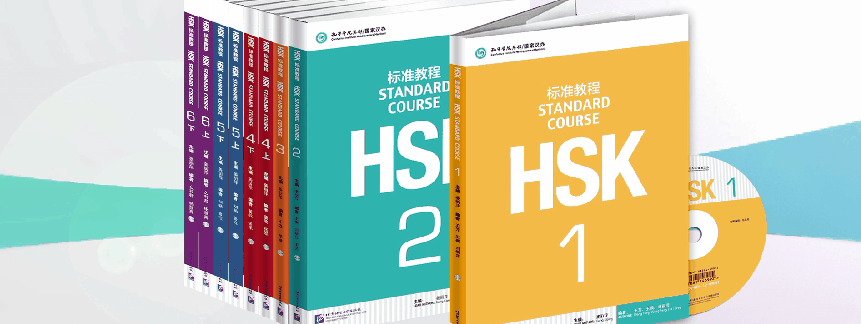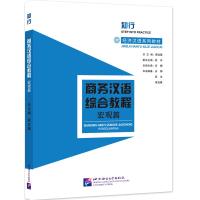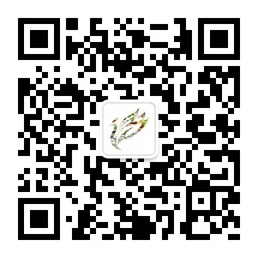Online Bookstore
Chinese for Commerce: Comprehensive Course I
Author:An Na
- Medium:Books
- ISBN: 9787561963401
- Page Count: 256
- Size:
- Pub Date:2023-09
- The book weight: 692 g
- Annotation Language:English
- Course:Comprehensive
- Target Audience(Age):College ,Adults
- Target Audience(Language):
- Subject Zone: STEP INTO PRACTICE: Business Chinese Series
- Price:
-
Category: Textbooks >Study in China >Short-Term
Textbooks >Study in China >Long-Term
More














